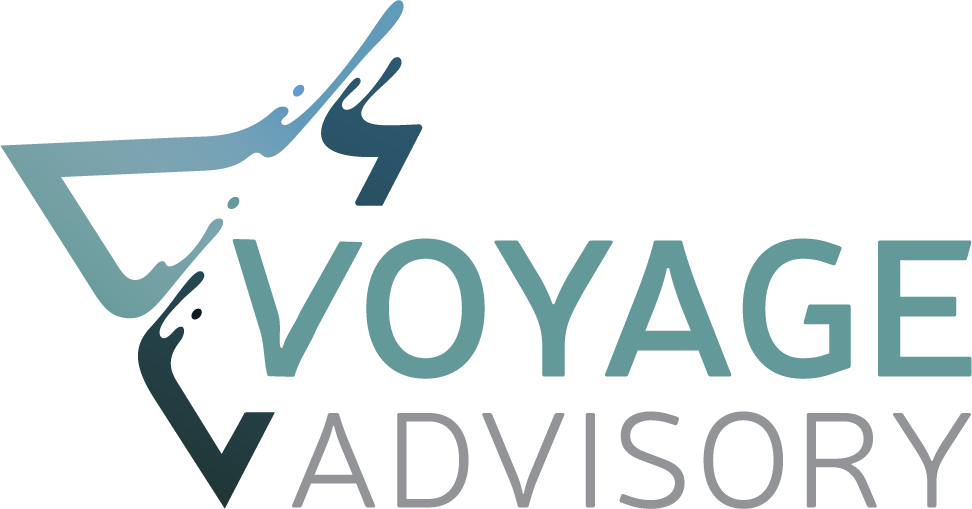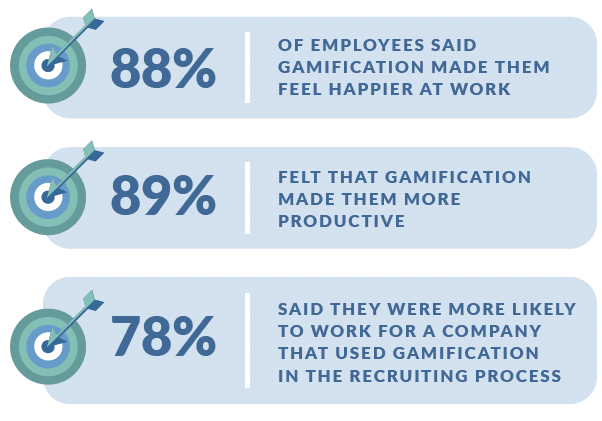Gamification Can Elevate Customer Service and Employee Engagement - Without Breaking the Bank
Whether you’re aware of it or not, you’re influenced by the concept of gamification on a daily basis.
A ten year old feels the pull of the reward “stars” that come with purchases using the Starbucks app. A business-savvy professional schedules travel to maximize the accrual of Marriott rewards. What do they have in common? They are influenced by the power of gamification.
SHAPING EMPLOYEE BEHAVIOR
Gamification is often used to influence consumer spending habits, but it can also help to encourage certain employee behaviors, which can in turn make a significant impact within the organization. If taking advantage of human psychology sounds manipulative, take a look at a few key findings from a 2019 survey by TalentLMS:
Gamification delivers improved workforce performance, driving critical metrics such as engagement and retention. When gamification principles are applied to customer service environments, the benefits extend to customers as well. Here are four principles to consider:
Define the Desired Behavior
For a gamification initiative to be effective, it needs to identify the metrics that directly impact team goals. If customer satisfaction is at an all-time high but the contact center is struggling to keep up with volume, the leaders of the organization might want to reward representatives who answer queries quickly and effectively. If employees are missing work or showing up late, establish a program rewarding consistent attendance and punctuality. To inculcate a particular behavior, the desired behavior first needs to be defined.
Reward Improvement, Not Just Performance
There’s a good chance strong leaders can already identify the highest performers on their teams. So, if the gamification effort solely rewards performance, there is a risk it will just end up encouraging a small group of people who are already motivated. On the other hand, if leadership focuses on rewarding improvement, lower-performing employees can be motivated to step up and get a taste of the recognition that their peers have been enjoying all along.
Use Balanced Metrics
Prioritizing one goal above all others can have unintended consequences. Years ago, when Average Handle Time (AHT) was considered the most important measure of a call center’s effectiveness, leadership at one client company decided that AHT should be no longer than five minutes. Employees had unique and creative ways of achieving this goal, but they almost all sacrificed quality. Some customer service representatives, misunderstanding the notion of an “average” as opposed to a “maximum” went so far as to tell customers they were only allowed to talk for five minutes. A well-designed gamification program should strive for a more balanced approach that prioritizes quality, efficiency, attendance, adherence, customer satisfaction and any other key metrics for success.
Supplement the Effort with Communication
Employees are far more likely to feel like guinea pigs in an experiment when companies gamify performance and processes without explaining why they are doing so. Communication should address the organization, define the intended achievements, and allow for employees to provide feedback on the initiative. Employee feedback helps create a more engaging system, which is also one that’s more likely to accomplish the desired goals.
There are two classic approaches to motivation: the carrot and the stick. It’s possible to either reward desirable behaviors or punish problematic ones, but if the latter is used in isolation, employee engagement may drop and turnover will rise. Instead of solely trying to identify and correct what employees do wrong, consider gamifying the approach and unlock a source of motivation that’s both positive and powerful.
If you would like to explore gamification in your context feel free to contact us.
Call or text: 312.869.8000
Email: hello@voyageadvisory.com


